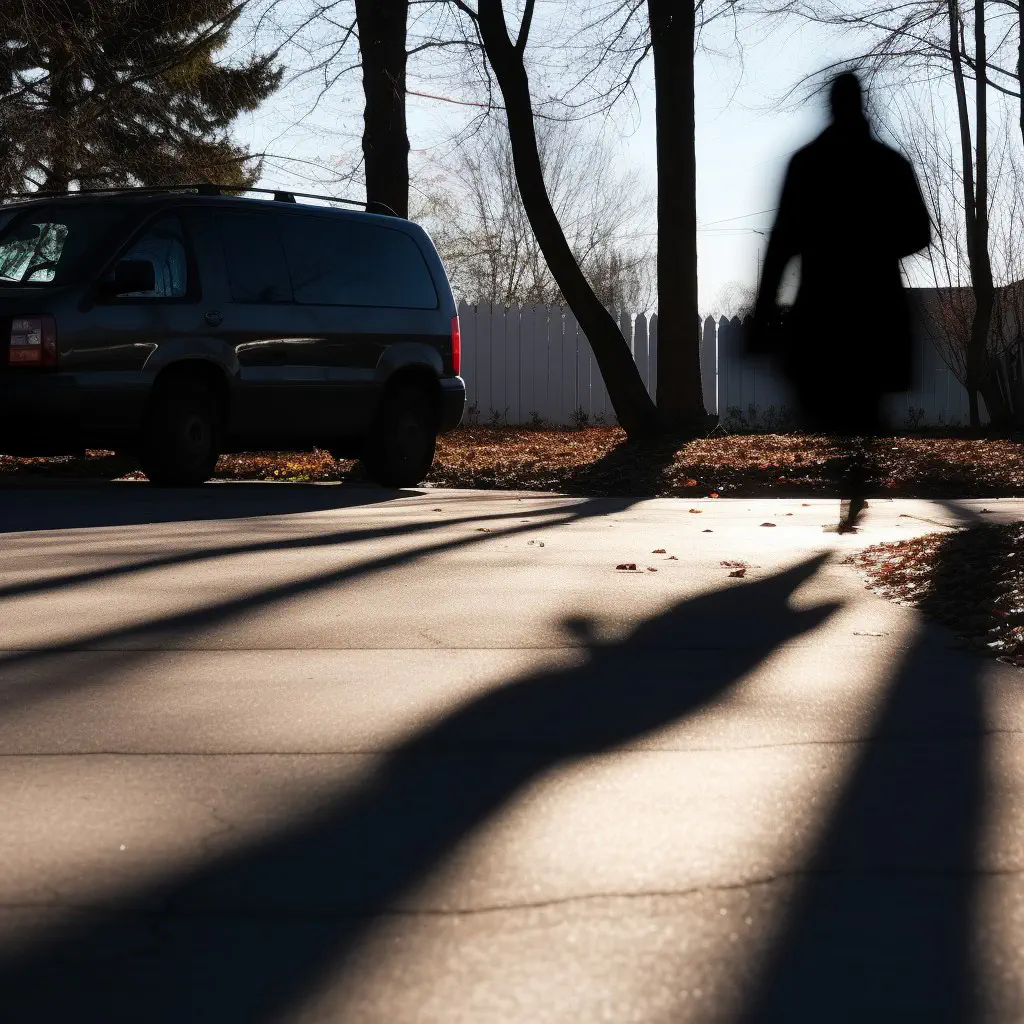
Introduction
Forensic science is often viewed as one of the most reliable forms of evidence in the justice system. However, it is not infallible, and the use of incorrect or incomplete forensic analysis can result in wrongful convictions or the failure to capture a criminal. This analysis seeks to explore the concept of forensic thinking and to critically examine its role in criminal investigations. By examining the flaws in forensic science, the psychology of criminals, and the socio-economic factors that may contribute to criminal behavior, this analysis aims to provide a comprehensive overview of why criminals can often get away with their crimes.
Section 1: Flaws in Forensic Science
Forensic science is the application of scientific methods and techniques to investigate and solve crimes. However, there are several flaws in this science that can lead to wrongful accusations or missed evidence.
Flaws in Methodology
One of the major flaws in forensic science is inadequate methodology. Many forensic techniques lack the scientific rigor required of them. For example, the analysis of bite marks or tool marks is highly subjective and relies heavily on the interpretation of the examiner. Studies have shown that the same set of bitemarks can be interpreted differently by different examiners. This subjectivity can lead to false positives and false negatives.
Reliance on Unvalidated Science
Another flaw in forensic science is the reliance on unvalidated science. Many forensic techniques have not been scientifically validated or proven to be reliable. For example, bite mark analysis has been criticized for its lack of scientific basis. There is no evidence to suggest that a bite mark can be reliably matched to a single individual. Despite this, bite mark analysis is still used in criminal trials.
Confirmation Bias
Confirmation bias is another flaw in forensic science. This occurs when examiners go into an investigation with a preconceived notion of what they are looking for. They may focus on evidence that supports this notion and ignore evidence that contradicts it. For example, an examiner may see a match between a bite mark and a suspect’s teeth, and then focus only on evidence that supports this match, regardless of whether it is accurate or not.
Implications of Flaws in Forensic Science
The implications of these flaws are far-reaching. They can lead to wrongful convictions and acquittals, which undermines public trust in the justice system. It is crucial that forensic science is subjected to rigorous testing and validation in order to ensure that it is reliable and accurate.
Section 2: Criminal Psychology
When it comes to criminal behavior, it’s important to understand the psychology of offenders. Criminals often possess traits that are different from those of law-abiding citizens, including a higher degree of impulsivity, a lack of empathy, and a willingness to take risks. Such traits make it easier for them to be manipulative and deceptive towards others, including law enforcement officials.
Psychopathy
One aspect of criminal psychology that is particularly interesting is psychopathy. Psychopathy is a personality disorder characterized by a lack of empathy and remorse, impulsivity, and superficial charm. Some experts believe that up to 25% of the prison population may be psychopaths. Psychopaths are often very charming, and they may be able to manipulate others into doing their bidding. This makes them particularly dangerous, as they can often get away with crimes by convincing others that they are innocent.
Manipulation
In addition to psychopathy, criminals can also be skilled in manipulation. They may know just what to say to convince others of their innocence or to avoid getting caught. For example, a criminal might create an alibi that is difficult to disprove or try to shift the blame onto someone else. Criminals may also attempt to manipulate their victims or witnesses to make it more difficult for the prosecution to build a case against them.
Deception
Finally, deception is another key element of criminal psychology. Many criminals are skilled liars who can convincingly deny any wrongdoing. They may be able to deceive law enforcement officials or even pass lie detector tests. This is particularly true of white-collar criminals, who often use their positions of power to deceive others. Deception can make it difficult for law enforcement officials to build a strong case against a criminal, particularly if there is a lack of physical evidence.
Section 3: Socio-economic Factors
The factors leading to criminal behavior can be intertwined with societal and environmental trends. As such, it is important to examine the socio-economic factors that may be contributing to the inability of forensic thinking to apprehend criminals.
Structural inequality
Structural inequality is a phenomenon that encompasses both economic factors and political factors that contribute to the creation of divisions among the population. These divisions can have a profound effect on crime rates in the population. The wealth gap, availability of education, healthcare, and resources in a community can all have a factor in why crime is more common among certain groups than others.
Structural inequality can also affect the justice system. Those who may lack the access, knowledge, or economic status to engage in proper legal representation may be disadvantaged in the process. The quality and effectiveness of legal counsel can have a major influence in the outcome of a criminal case.
Poverty
Poverty is another contributing factor to criminal behavior. Those who grow up in impoverished environments have higher risks of criminal activity, often with a higher chance of recidivism. The lack of resources, education, and gainful employment can create a scenario where entering into criminal activity may be an ideal option for an individual’s survival.
The issue of poverty is a complex problem and requires a concerted effort to try and eliminate or reduce it. Investment in education and community-centered programs can reduce crime rates in impoverished areas by giving residents a sense of agency and support.
The justice system
The justice system has its own socio-economic factors that can contribute to the struggle of apprehending and convicting criminals. For example, the rising cost of legal fees and fines can make it harder for those who have been accused of a crime to mount a proper legal defense. Additionally, the idea of mass incarceration has led to a surge in the number of people being jailed and disproportionately affects people of color.
To address these disparities, we must implement policies that promote fairness, education, and a sense of community. Efforts to reduce inequality and poverty, as well as to ensure that legal representation is available to all, will be essential to fix the issue of criminal behavior and forensic thinking.
Conclusion
After a critical review of the concept of forensic thinking and the various factors that contribute to criminals getting away with their crimes, it is evident that the justice system needs to be re-evaluated. Flaws in forensic science, criminal psychology, and socio-economic factors have shown to contribute to wrongful accusations or missed evidence.
One major flaw in forensic thinking is that it focuses solely on physical evidence, ignoring certain contextual clues that may be critical in determining guilt or innocence. Criminal psychology reveals that some criminals are able to manipulate and deceive the justice system, which can lead to their exoneration. Additionally, socio-economic factors such as poverty and structural inequalities make it easier for some criminals to avoid punishment.
It is crucial that steps are taken to reduce the prevalence of these issues within the justice system. Possible solutions include improving the training of forensic investigators, acknowledging and addressing implicit biases, and implementing policies that reduce socio-economic inequality. By addressing these issues in a systematic and comprehensive manner, we can work towards creating a more just and equitable society.
It is essential that we move beyond forensic thinking and consider all factors that contribute to a person’s guilt or innocence. By doing so, we can ensure that justice is served, and that those who commit crimes are held accountable for their actions. Ultimately, it is only by confronting and addressing these issues that we can create a more fair and equitable system for all.


